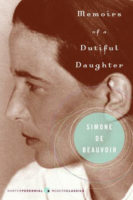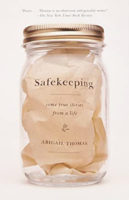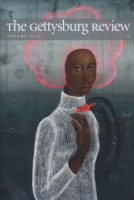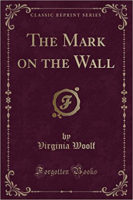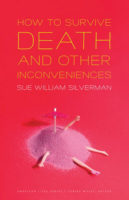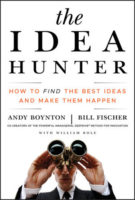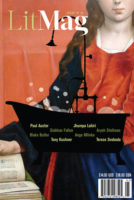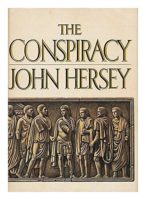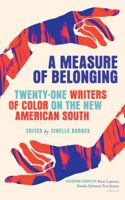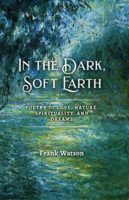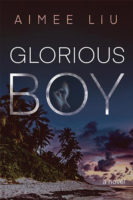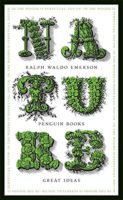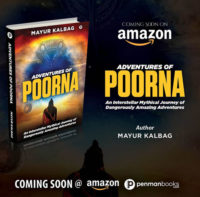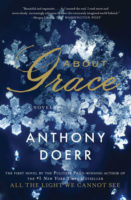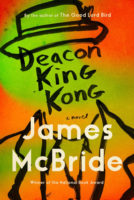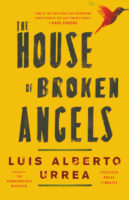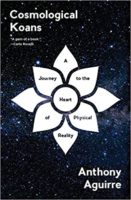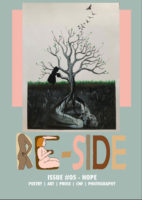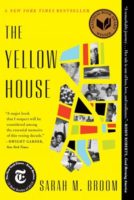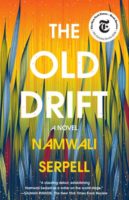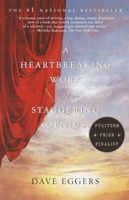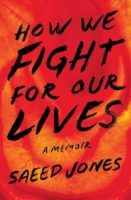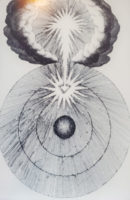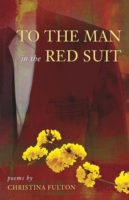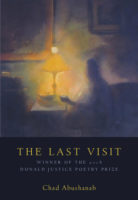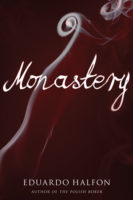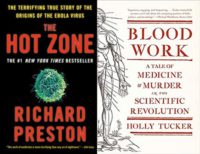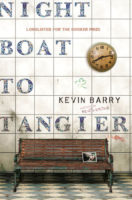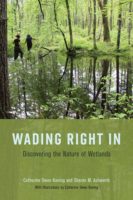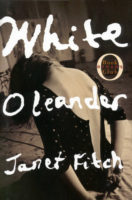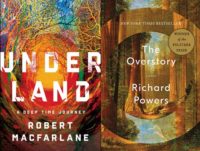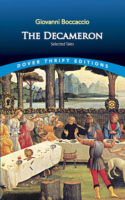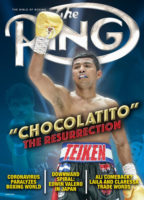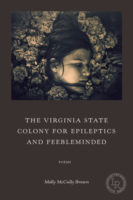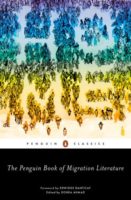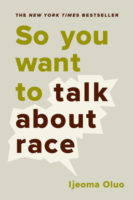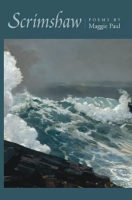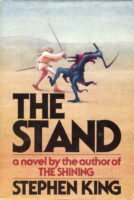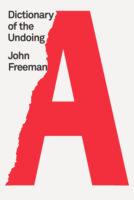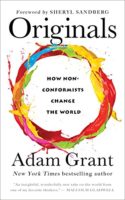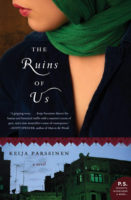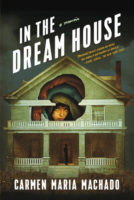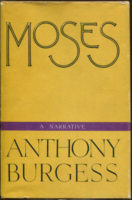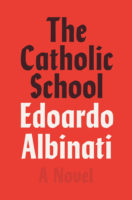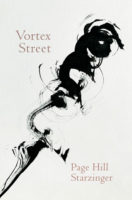As a retired teacher, I’m someone whose reading habits haven’t been much affected by the pandemic. I’m usually reading several things at once. Currently, I’ve caught up with Simone de Beauvoir’s Memoirs of a Dutiful Daughter. I used to teach one of her novels but had never read this early but nevertheless striking piece of writing. It is a remarkable read not only because one senses on every page the relentlessly probing mind of the author, but also because of the window it provides into the emergence of the individual who is now recognized as breaking ground for the feminist movement. Although she is not alone in being someone who slowly departs from a bourgeois, Catholic background, she is particularly well suited to describe the journey.
I’ve also been reading Kevin Young’s poetry. At his best, he is one of the poets that makes me wonder at his ability to put together words and images that, while seemingly simple, knock one over with their power to reveal. Blue Laws: Selected and Uncollected Poems, 1995-2015 is an excellent survey of his work, showing his range—from searing exposés, as it were, of the enslavement of African Americans to concise universal cries such as the two-line poem ¨Grief¨: “In the night I brush/ my teeth with a razor.” Cultural icons—Basquiat, Jack Johnson, Miles Davis among others—appear.
For those of us lucky enough to be able to get out to enjoy nature in the midst of the coronavirus crisis, Sydney Lea’s most recent book of poetry, Here, is a nice companion. You can read my short review on Amazon.
Memoirs of a Dutiful Daughter by Simone de Beauvoir. HarperCollins, August 2005.
Blue Laws: Selected and Uncollected Poems, 1995-2015 by Kevin Young. Knopf, September 2017.
Here by Sydney Lea. Four Way Books, September 2019.
Reviewer bio: William V. Ray is a retired English teacher who has also been a textbook editor, freelance writer, and, of late, a café owner. His published work includes textbooks as well as poetry and poetic prose. His work appears in Poetry East, The Write Launch, Subprimal Poetry Art, Pudding, The Opiate, The Art Bin, Painters & Poets, Mass Poetry, Poetry Pacific, and elsewhere. He is the editor of the online journal The Courtship of Winds. He lives outside Boston, Massachusetts. For more detail, please visit his page at LinkedIn: https://www.linkedin.com/in/williamvray

